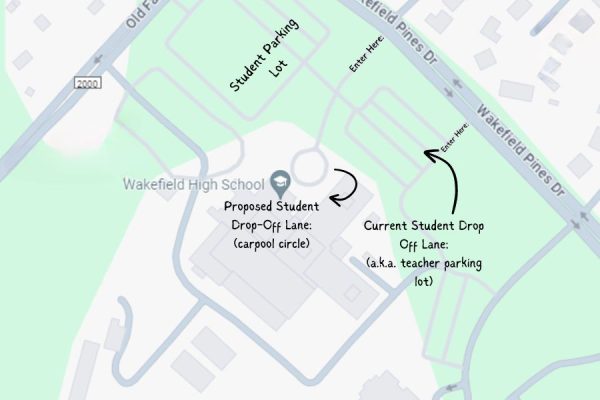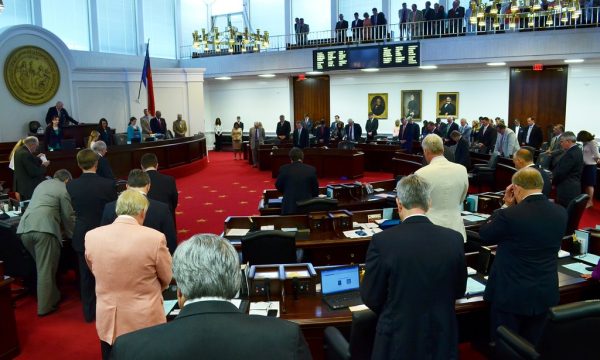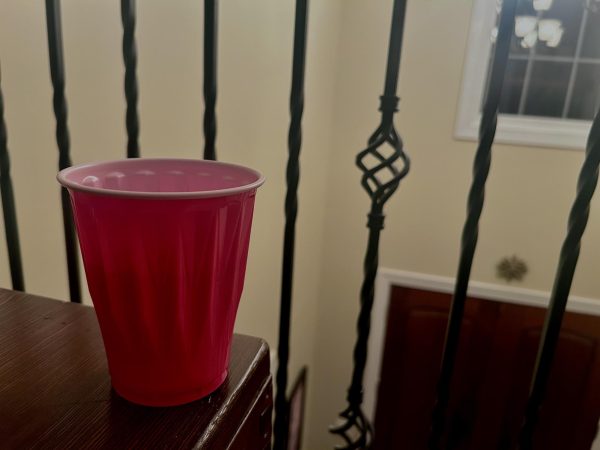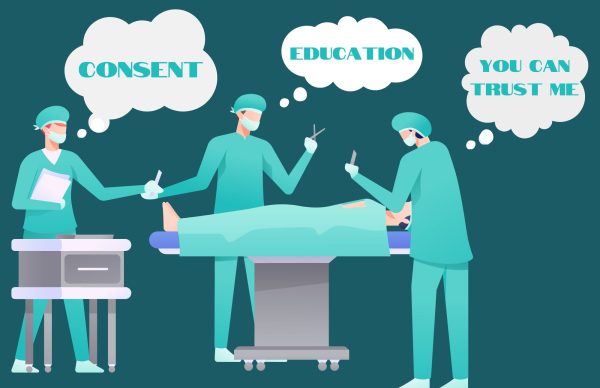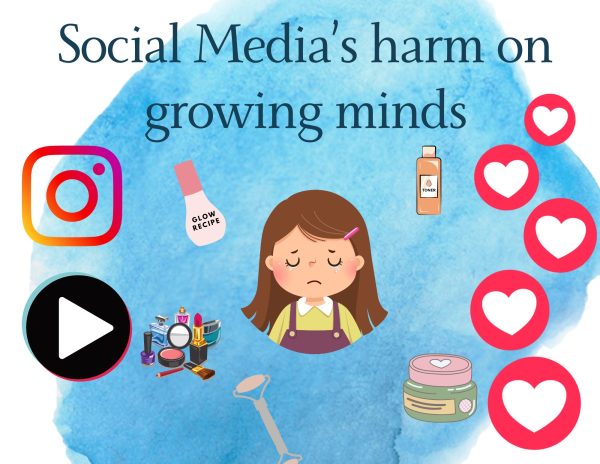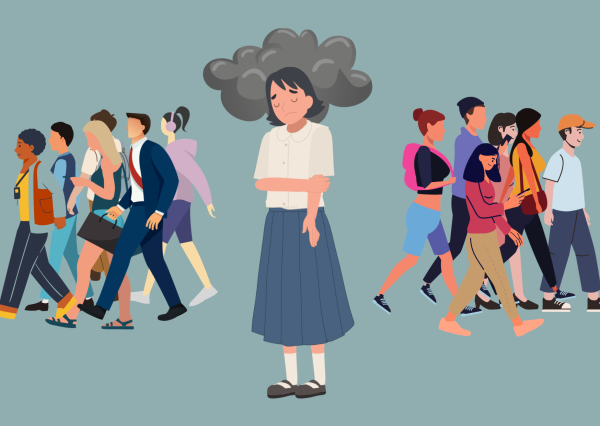Cyntoia’s Brown case can teach us a lesson or two
Recent media attention to the case of Cyntoia Brown has the judicial system taking a harder look at the way minors are sentenced
A twitter post went viral recently when Robyn Rihanna Fenty tweeted out a heart-wrenching story about a young woman named Cyntoia Brown who was tried and convicted of murder. Brown was sixteen when she was sentenced to life in prison in 2004, with no possibility of parole until she is 69, for killing a man by the name of Jonny Michelle Allen. During Brown’s early life she missed vital developmental milestones. She dealt with both verbally and physically abusive men that took advantage of her and prayed upon her innocence. Since its posting, the tweet has spread all around the nation and has gained the attention of numerous celebrities including Kim Kardashian, Snoop Dogg, and other A-list celebrities.
Brown’s birth mother, Gorhinia Michell, was 16 when she gave birth to Brown. She dealt with a severe alcohol and drug addiction and admitted she “drank a fifth of whiskey every day while she was pregnant” according to her testimony. Unable to take care of Brown on her own, Brown was passed around from family member to family member until finally being adopted by a former friend of Brown’s mother. Psychological evaluation during Brown’s incarceration marked clear gaps in her development and she showed signs of mental health issues. Brown’s defense team began looking deeper into her family’s medical history, which revealed a strong presence of mental illnesses such as depression and bipolar disorder. For a child to go through the amount of turmoil Brown had to at a very young age is unfathomable.
According to Brown’s psychologist in her documentary Facing Life, “zero to three are known to be the most critical years of a young child’s life, and Cyntoia Brown didn’t get that proper developmental time.” Brown was repeatedly verbally and physically abused by the men in her life. She became involved with a man by the name of “cut-throat” who forced her into prostitution. “Cut-throat” was abusive to Brown and she claims she often feared for her life. Brown met with Allen on August 6, 2004, at a Sonic drive-through where she was picked up and taken back to Allen’s house. Once there she began to feel uneasy and fear for her life. Forcing her into sexual activities, he began to be aggressive with her. While laying in bed together, Allen began to reach under the bed for what she thought was a shotgun. In self-defense, she took out her own concealed weapon and shot him. Brown fled the scene and was later arrested.
Scared and alone, Brown was taken into custody and questioned about the events of the incident. At the time, Brown did not fully understand what Miranda Rights meant. The police officers failed to treat Brown in a fair matter. Because of her age, they took advantage of her lack of understanding of the situation and forced a confession out of her. This behavior is inexcusable. What child would be able to handle a situation of this magnitude? Had Brown been provided a lawyer during her interrogation or been better informed of the proceedings of her case, the verdict of her trial may have been different.
It is estimated each year, more than 1,000 children are arrested for prostitution in the U.S., according to the Bureau of Justice Statistics.
Brown’s case serves as a reminder of the injustice and bias still present within our judicial system.
Although Brown’s case is one of tragedy, it has lead to slowly bettering current discipline for juveniles. In 2016 the Supreme Court ruled it unconstitutional to sentence minors to life sentences without parole. This ruling will allow children sentenced to life in prison, such as Brown, to have their cases reviewed and their sentences reduced. The media attention surrounding the Brown case will hopefully bring awareness to other cases similar to hers. By getting high profile celebrities involved, prominent issues can be brought to the table and better addressed. Hopefully, their involvement in the Brown case will help bring justice to her and many other adolescence victims of events in their early years they cannot control. By bringing awareness to these issues, steps can be taken to begin helping victims instead of punishing them.




